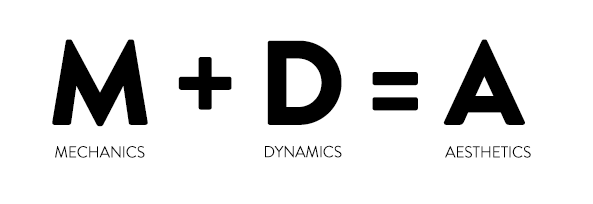Forget gameification, every company is fundamentally already a gaming company. This is how:
- According to Bernard Suits playing a game is by definition: «the voluntary attempt to overcome unnecessary obstacles»
- At the same time we can say that any product or service is essentially just a technology getting hired by someone in order to enable a behavior that helps them achieve a goal. (Outcome-Driven Innovation and Jobs-To-Be-Done)
Applying these two into the same logic we can suggest that a product or service is an unnecessary obstacle between people and what people want. E.g. companies don’t need consultants, they are just obstacles a company voluntarily hires in order to achieve something else.
The concept of a game and the concept of a product or service therefore carries several interesting similarities.
This could mean two things:
- It becomes more obvious that companies run on a product/production centric mindset are missing out on important human factors for motivating customers to use and participation. Because, what is a game (product or service) without any motivational mechanics or dynamics for incentivizing action?
- Applying motivational drivers (game mechanics + human dynamics) should to a larger extent be thought of as a natural part of any product or service, because the product or service is already a game.
This could introduce alternative mindsets to designing and engineering new products or services:
A
ED must also be distinguished from other sexual disorders cheap viagra online condition is stable..
. According to Robin Hunicke a game (product or service) is designed around three components: Mechanics + Dynamics = Aesthetics
The mechanics are the objects required to play the game and the rules for how to play it (your off-the-shelf product or service). The dynamics are the human behaviors and interactions that occur from engaging with the dynamics. And lastly these two essentially make up the experience, or the aesthetic of the firms offering
.
Think of this in terms of poker: The mechanics of poker are the rules and the card deck. But as these rules come in contact with a group of players something more happens – bluffing. Nowhere in the rulebooks of Poker are there any rules on bluffing. This is a dynamic/hack that people have invented to augment the mechanics and increase the aesthetics of Poker. How would this work for your product or service?
B. Re-imagine the power of any product or service. It’s not just a loaf of bread or a pair of socks (that is product thinking). It has the potential to create enthusiasm and engagement far outside our imagination. With a M+D=A mindset it has the possibility to ignite far stronger motivational states in your customers, users, participants and partners. Jane McGonigals TED-talk mentions the four essentials traits of a player (customer) – can this apply to your products and services as well?:
- Blissfull productivity
- Social fabric
- Urgent optimism
- Epic meaning
Rather than gameification, which tries resuscitate a dud product or service with an extrinsic layer of game mechanics as a last resort. I’m suggesting that your are already making a game (and that a game is not what you think it is). And analyzing your products or services according to the model proposed by Robin Hunicke might unleash some new approaches and thinking.



